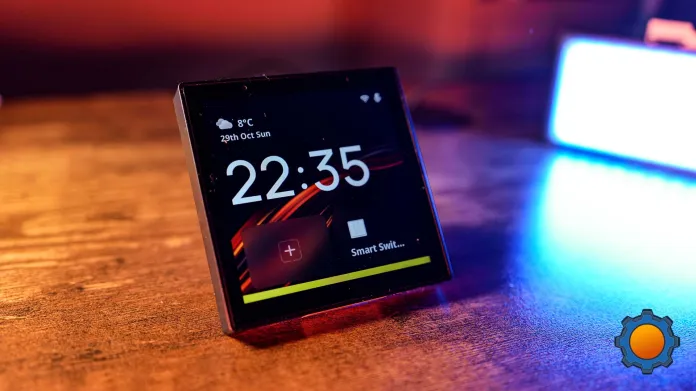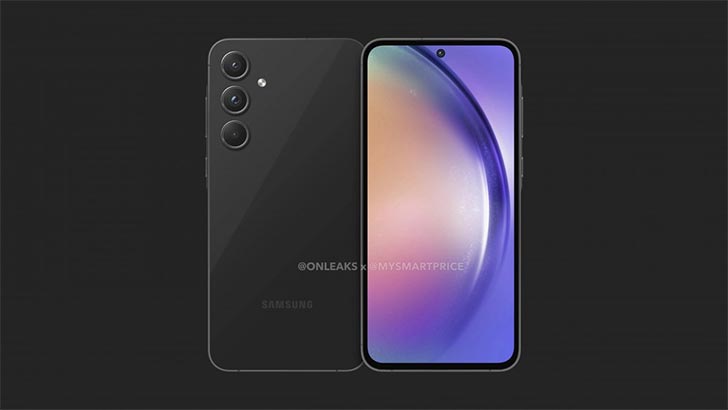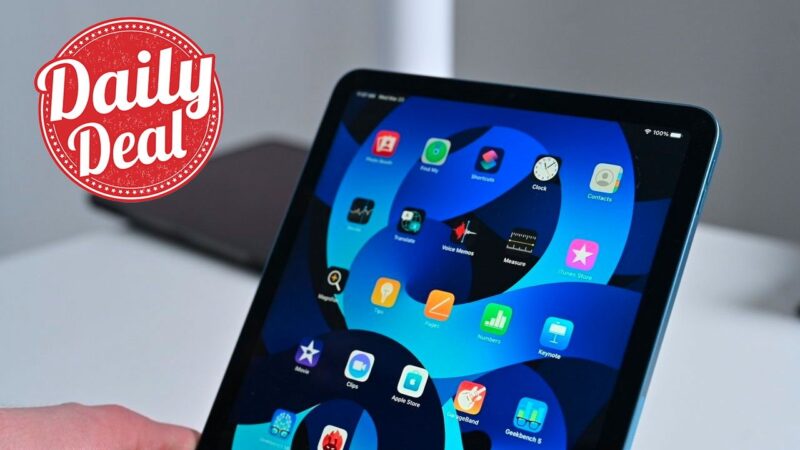Tuya: Smart Panel automation

A little over two years ago, I partnered with Tuya to show you how to leverage the home automation API and integrate cloud solutions with everything else. Back then it was all about the app, so let’s change the subject: Since Tuya sells devices manufactured directly in-house, Tuya’s amazing products are manufactured by third parties in their own IoT building. Tuya sent me 2 Smart Colloquium Smart Control Panel L (link not yet available) and Smart Control Panel S. Flashback (a) I’m used to doing these tricks
What’s in the box?
Both supporters of today’s article warn against touchscreens. Devices similar to those I’ve tried before, cables outside the panel.Both Smart Control Panels are Linux-based touchscreen devices designed to replace one (or more) wall switches in your home. Tuya told me that these devices know that the hubs need to be replaced. You don’t need a ZigBee hub to manage the ecosystem.
I mentioned ZigBee, how about Materia? The protocol is not supported at launch, but Tuya fully supports it, and given the complexity of their Linux panels, I’m happy to take their word for it if they enable Matter via OTA in the future.
In addition to my boring Tuya devices, they also sent me some more general devices in white boxes to play with. These are: Wireless Smart Doorbell, ZigBee Triple Switch, IP Camera and ZigBee Contact Sensor. If this is your first time hearing about Tuya, the automatic car of the East, and you ever need a smart device that no one in the West has thought of, then Tuya is for you. It is expected to be available in four color variants.
Smart Control Panel L
The star of the show is the 5-inch IPS panel (224 PPI) with touch input and internal single-channel relay.The more I look at the panel, the more interesting it becomes. It has 2 microphones (Alexa compatible), a dedicated mute button and an excellent speaker with powerful sound. There’s an Ethernet (not PoE) and RS485 port on the back for anyone dealing with industrial applications (think devices like the Sound off SPM).
To enable a smart home, the Smart Control Panel L can be connected to 2.4GHz and 5GHz networks and has an integrated hub for ZigBee 3.0 and Bluetooth network.
An interesting feature of the Smart Control Panel L is the USB-C socket on the bottom of the device. The panel can be easily removed from the stand and powered using a regular phone charger. Otherwise, you will lose control of moving everything (one) forward and reconnecting
Smart Control Panel S
The square version of the touch user interface offers a smaller IPS panel and fewer functions at an arguably cheaper price. The Smart Control Panel S runs on the same Linux-based operating system, but unlike its bigger brother it does not offer any additional functions. There is no internal relay that directly controls the lighting, there is no Ethernet port, and the device only connects to Wi-Fi via the 2.4 GHz band.
The Smart Control Panel S offers a ZigBee and Bluetooth gateway, Alexa integration and, like its big brother, enables making calls, creating scenes and all the magic of a smart home. That may not be impressive, but it should represent a significant price reduction. I see this device competing with Sonoff NS Panel Pro and similar devices.
What can they do?
The best way to show what these special groups can do is to show what they can do. For this purpose I have some example devices that you can connect and try out. Let’s collect them all and see how to use them in home automation.
Pay attention to the dimensions of the panel, especially the part that goes through the wall.The Smart Control Panel S has the most typical dimensions of 47 x 47 x 25 (in mm) and should therefore fit into a standard wall socket. However, a custom cutout may be required for the Smart Control Panel L as the back panel measures 43 x 68 x 25 mm and an additional depth of 20 mm is recommended when connecting via Ethernet cable.
The Tuya marketing note stated that the maximum limit of devices connected to individual hubs was 150-200, and after speaking to a Tuya representative, it was explained to me that this was not a strict limit.
Alexa integration
I work with preview templates, so the Alexa integration hasn’t worked for me yet.However, just before the video was released, I noticed that the Alexa integration was fixed and I could control regular Alexa devices directly from the panel. It works great and even when the panel isn’t set to play music, the speaker works well and I had no problems activating the panel with Alexa’s silent commands.
A word on pairing
All paired as expected with 2.4GHz support and some with 5GHz support, but… I’m wondering why I don’t have the option to pair slaves directly from Linux based panels. Do I really have to take out my phone to set up each device? Would it be easier (and actually doable) with smart panels?I would like this option.
Instead, I had to follow the Tuya app’s instructions to first add the panels to my ecosystem and then connect the individual devices that would appear on my smart panels. Luckily, I can decide which devices, scenes, and shortcuts appear on each panel without having to make a phone call.
Once paired, both panels can be configured to wake from sleep mode, show the time, and select Tuya home automation widgets with a tap or pinch.
ZigBee sensors
Added via the Tuya panel – Gateway menu – they pair quickly and within seconds I had a contact sensor connected to my panel. It’s not the most interesting sensor you can imagine: just open and close it and notifications appear on the panel.
It takes a few seconds longer to get the same notification on my phone, but on the Smart Control Panel S (even in sleep mode): When I removed the magnet, a warning appeared on the screen. Sensor status can also be monitored in real time on the Sensors tab – this is useful. I would like to see the possibility of using the second panel I have as a router. They will all create separate ZigBee mesh networks connected within the same cloud.
Smart Doorbell
The next device delivered is a battery powered smart WiFi doorbell.It has a camera, a button and a motion sensor. It connects to 2.4GHz Wi-Fi and is accessible via a separate menu on both panels. The doorbell is equipped with a separate siren that is simply connected to the network. The siren is connected via an RF signal and does not require pairing.
After connecting, both panels immediately enter chat mode and display a camera preview as well as options to start a chat and unmute the microphone. I don’t know what to think about answering a call on my device. It will continue to ring until the remaining devices expire. Quality called
The is pretty good, especially considering the resolution of the panel. The sound is loud and I would have no problem using the panels as an intercom.
Intercom/ IP camera
By the way… If you have more than one panel, you can make connections between the panels. You don’t have a camera to video chat with another unit, but you can make voice calls between panels – great!
However, if you have a camera, you can absolutely make a video call, a one-way video call. I connected the pan/tilt IP camera to the panels and it appeared in the same menu as the doorbell. I don’t know why I can’t add it to a shortcut on the device, but I don’t know.
From there I can start a video call, listen to the IP camera and watch the broadcast. Despite my best efforts, I was unable to move the camera, even though the IP camera supports it.This is enough for a quick overview, but for more detailed inspections you need the app.
However, you can activate the Smart Panel’s microphone and speak to the person on the other end. I wish you could move the camera and zoom in to see more details, especially if the IP camera has a higher resolution.
3 gang switch
This switch is ZigBee and must be active and neutral. It looks clean and can be added to any panel directly from the Tuya app.I connected the light to see it in action and added the device using the Add Device menu.
By default, the Device tab allows you to edit all three channels (which can be annoying). However, you can set a scene to replace or click on the device itself (on all devices) to access individual switches.
The
works right out of the box and I had no problems testing it. Because Tuya offers more of these switches, including in non-neutral configurations, they can easily replace the ones you have built into your walls.
Final Thoughts
A big part of me is excited about the possibility of using these panels as hubs and voice control centers. They have a modern look and add an elegant touch to your home, but their actual use depends on the final price. I know there will be some backlash from DIYers regarding support for Tuya-compatible panels, but given the development work on the Sonoff NS Panel Pro, perhaps we’ll see custom firmware on these panels as well. Until then, you can use the Tuya API to integrate with DIY automation. Let me know what you think in this Reddit thread.





